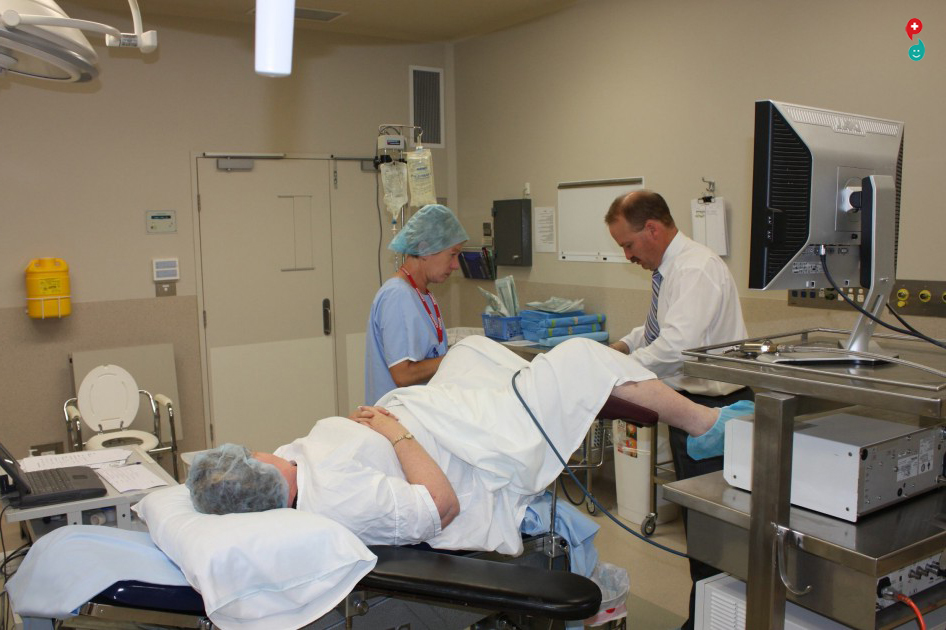
You've probably already been told how important it is to conduct a self-examination of your breasts regularly, in order to ensure that no abnormal lumps or bumps have formed. What's less well known is that a vulvar self-exam – an at-home exam to check for possible abnormalities concerning your vulva – can also be worthwhile.
Why Should Women Perform a Vulvar Self-Exam?
Not to be confused with the vagina, the vulva is the external genitals, made up of the labia majora, the labia minora, and the clitoris. By performing a vulvar self-exam, you'll be able to spot any abnormalities that may indicate infection, vulvar cancer, or other conditions before they become a larger problem.
A vulvar self-exam can also be useful in teaching you what is normal in appearance for your vulva. No two vulvas look alike, and becoming familiar with the appearance of your vulva will ensure that, if abnormalities do develop in the future, you'll notice.
How Often Should a Woman Do a Vulvar Self-Exam?
This exam should be done about once a month, in between menstrual cycles. If you are no longer menstruating, you should set a regular date on which to perform a vulvar self-exam.
Do I Require Any Special Equipment in Order to Conduct This Exam?
You need only two things to perform a vulvar self-examination: a private area to perform the exam, where you won't be interrupted, and a mirror. The exam itself should only take about five to 10 minutes.
How Do I Perform a Vulvar Self-Exam?
1. Stand, squat, or sit over the top of a handheld mirror, making sure you can see your genitals clearly. If it makes things easier, you may ask your partner to assist you with this.
2. Check the area where your pubic hair grows. Look for any moles, spots, lesions, bumps, or rashes.
3. Next, find your clitoris. Look for any growths, bumps, or discoloration.
4. Check your labia majora (the outer lips) and feel for any bumps. Also, visually look for any moles, rashes, growths, or lesions.
5. Repeat this check with your labia minora (the inner lips).
6. Finally, look at your perineum. The perineum is the space located between the vagina and the anus. Again, look for rashes, bumps, growths, and lesions.
Report anything suspicious or abnormal to your doctor, even if it seems to be small.
Further Reading
Vulvar cancer is a rare type of cancer that affects the vulva. There are several types of vulvar cancer and, in the early stages, it rarely has any symptoms. As the disease progresses, however, symptoms can include moles, lumps, or bumps on the vulva, which is why performing a regular self-examination is so important.
One of the main reasons for the high cure rate of skin cancer is the ability to detect it in its early stages. However, early detection relies on people taking an active role in their healthcare by learning how to check their bodies for potentially cancerous spots.







